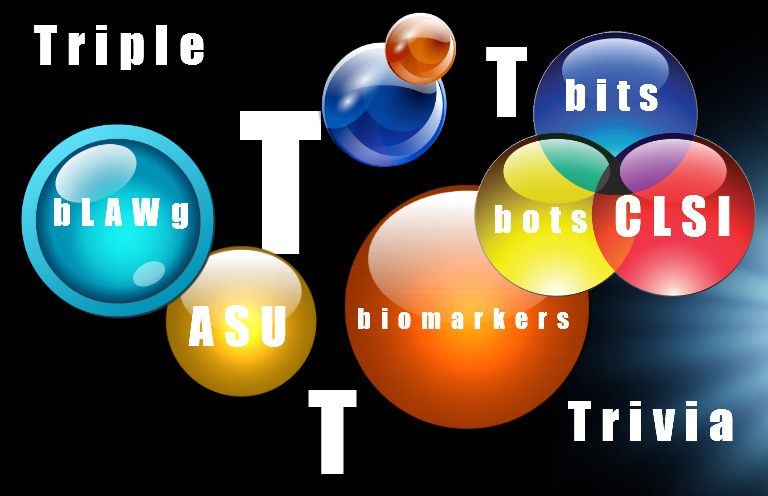 3 Questions. 3 Hints. 3 Answers.
3 Questions. 3 Hints. 3 Answers.
May 31, 2016
1. What new technology reemphasizes the need to be comfortable in one’s own skin?
Hint:
Answer: think of it as a Fitbit for the road, or to stay off the road. Meet Skyn, a wearable biosensor intended to track blood-alcohol levels and intake history via fuel-cell technology. One downside? It takes up to 45 minutes to get a current, accurate reading — which is a concern in certain situations. However, the great thing about technology is that it is usually open to improvement. Read the story here.
2. From artificial sweeteners, to artificial intelligence — what “artificial” topic is increasingly gaining popularity?
Hint:

Answer: Steve Austin is here. The once unfathomable super-human is fathomable. However, as with many technologies enabling the impossible, the pros are often weighed against the cons. The one area that evokes a con when it comes to enhancement is sports. As noted in one article, “[m]ost of us want competitive sports to be engaged in by athletes who remain true to the spirit of “natural” competition.” While there have been issues over the years with regard to performance enhancement drugs, the latest enhancement tricks do not involve doping. For instance, tDCS technology, delivered via headset, provides neurostimulation to increase athlete strength and outcomes, while decreasing skills training time. Nanotechnology, on the other hand, is being used to develop “better” or enhanced equipment to make things a little easier on the athlete while wowing the spectator. But is this really a “con”? Is brain stimulation that different from listening to a motivational speech before a big game? Also, equipment itself has seen great technology-assisted improvements over the last 75 years (recall old wooden skis and leather bindings!), helping athletes be better and faster. Maybe, in cases such as this, we should just look at it as progress. Read more here and decide for yourself.
3. Not only will autonomous cars be self-driving, they may also be self-preserving. How?
Hint:

Answer: Google has filed a patent for a glue-based coating applied to autonomous vehicles to reduce the number of fatalities against pedestrians. The technology essentially works like fly-paper — when a pedestrian (or perhaps, even an animal) is hit, he or she immediately attaches to the car, preventing the types of fatal injuries that might otherwise occur — unless the vehicle plows into a wall right after coming into contact with a pedestrian. Google is in the process of refining the adhesive so that it does not attract bugs and dirt. Read the details here.















